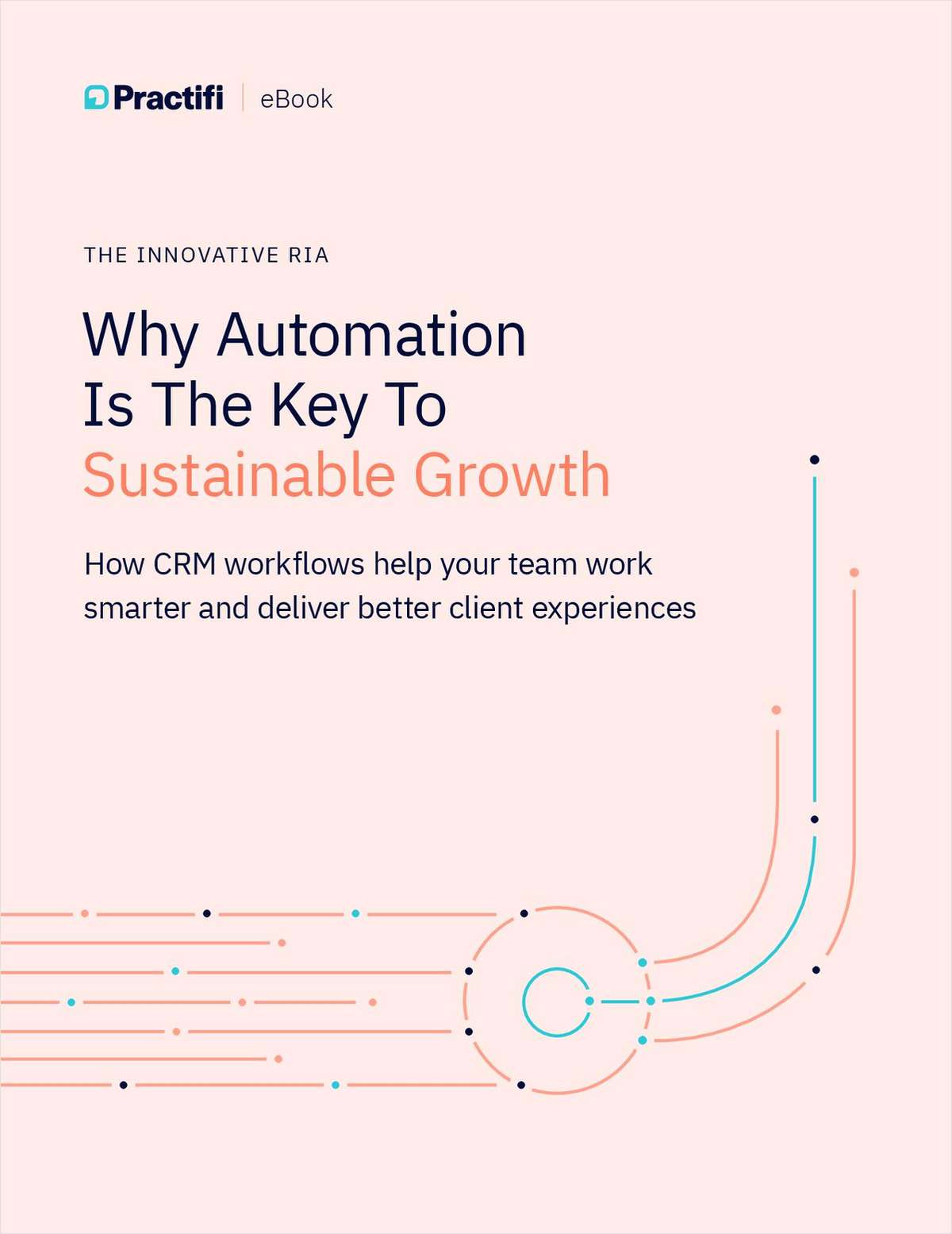Since at least 1965 and the seminal research of Menachem Yaari, economists have recognized that retirees should convert far more of their assets into an income annuity at retirement than they do. That they so rarely do what they ought to do is known as the "annuity puzzle."
In a new paper from the Journal of Economic Perspectives, Shlomo Benartzi, Alessandro Previtero and Richard Thaler offer their insights into why the annuity puzzle exists and how it might be solved. The authors frame the puzzle using Franco Modigliani's famous formulation from his Nobel acceptance speech: "It is a well-known fact that annuity contracts, other than in the form of group insurance through pension systems, are extremely rare. Why this should be so is a subject of considerable current interest. It is still ill-understood." It was true then (in 1985) and remains true today. Income annuities remain widely unpopular yet would help to solve a variety of complex problems with which retirees struggle and which cannot be solved otherwise.
The key problem dealt with by income annuities is longevity risk. This risk is increasing steadily in that life expectancies continue to expand throughout the developed world and is exacerbated because we are both retiring earlier and have less and less access to private pensions. Moreover, the distribution of longevity is wide – a 22-year difference between the 10th and 90th percentiles of the distribution for men (dying at 70 versus 92) and a 23-year difference between the 10th and 90th percentiles of the distribution for women (dying at 72 versus 95).
Income annuities hedge longevity risk simply and efficiently as risk pooling makes them 25-40 percent cheaper than do-it-yourself options. Thus retirees who purchase an income annuity assure themselves a higher level of consumption and guarantee it as well. As Benartzi, Thaler and Previtero point out, "You increase your consumption and eliminate risk at the same time… Who says there is no thing as a free lunch?"
A related problem faced by retirees who reject income annuities is the complexity that is added to their lives:
"Households who choose not to annuitize must learn a new skill, namely calculating the optimal drawdown rate over time. Given the complexity of this optimization problem, it is not surprising that retirees might err, either by under- or over-spending. These errors can easily be exacerbated by self-control problems if households have trouble sticking to their drawdown plans, either by spending too little or too much. By converting wealth into an annuity, individuals and households can simultaneously answer the conceptually difficult question of figuring out how much consumption is sustainable given the age and wealth of the consumer, and provide a monthly income target to help implement the plan."
In general, Benartzi, Thaler and Previtero make the well-known case that greater reliance on income annuities would enable individuals to increase consumption, deal with uncertainty, and help people determine the right drawdown rate and timing of retirement. The puzzle, of course, is why so few people take advantage of them. In 2007, $300 billion was moved by retirees from defined benefit plans to IRAs while only $6.5 billion went to purchase income annuities. As stated by the authors, "the sum of this evidence makes a strong case that people should be making greater use of annuities, to increase their consumption level in retirement, deal with uncertainty, and help solve the cognitively difficult tasks of deciding how fast to draw down their wealth and when to start retirement. Why don't they?"
One major hurdle is that the vast majority of 401(k) plans do not offer an annuitization option. That failure greatly reduces the number of retirees who will select annuitization – the easier default option wins a disproportionate amount of the time in virtually any setting. On the other hand, "when an annuity is a readily available option, many participants who have non-trivial account balances choose it." In fact, in a study of a Swiss pension plan that made annuitization the default option, 73 percent elected the annuity, 17 percent elected a combination of the annuity and the lump sum, and the remaining 10 percent elected the lump sum in toto; for another plan where the lump sum is the default option, the take-up rate for the annuity was only 10 percent. Annuitization options should be provided and should be the default setting.



